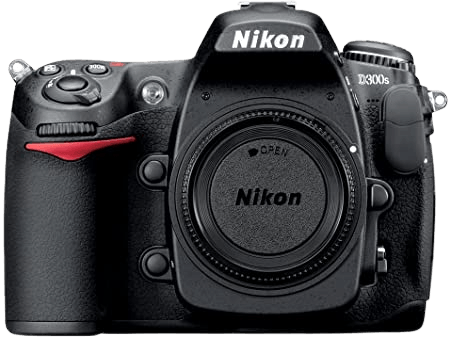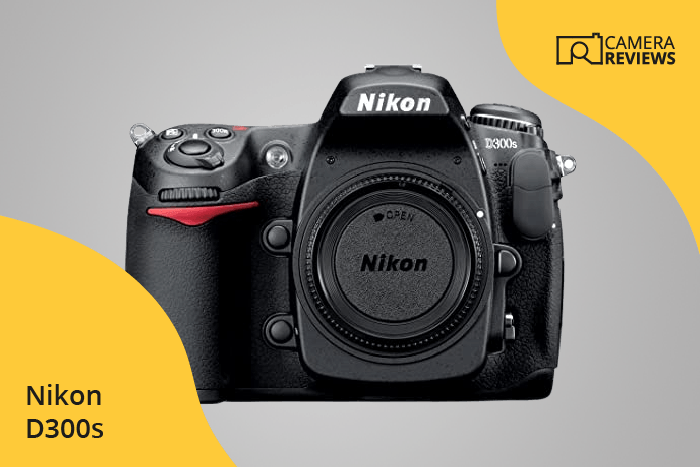Nikon D300s Specs and Scores

The Nikon D300s scores a 53/100, which is a decent rating for its time. Launched in 2009, this DSLR camera came with a price tag of $1815. Measuring 147 x 114 x 74mm and weighing 938g or 2.07lbs, it has a relatively compact and sturdy build.
In today’s market, the D300s’ specifications may not be as competitive as newer models, but it still holds its ground for photography enthusiasts. This camera serves as a reminder of Nikon’s dedication to quality and innovation in the world of DSLRs.
Nikon D300s Overview and Optics
The Nikon D300s receives a 50/100 optics score. The camera features a 12.3-megapixel APS-C CMOS sensor, which is lower in resolution compared to current market standards. The shooting speed of 7 frames per second is decent, but not outstanding. The Expeed processor and Nikon F DX lens mount provide compatibility with a wide range of lenses, but the camera lacks image stabilization.
The DXOMARK score of 70 for the sensor is average, and the 3:2 aspect ratio is standard. In the current market, the Nikon D300s optics do not stand out as exceptional. However, the camera still offers acceptable performance for certain photography situations.
Nikon D300s Video Performance
Nikon D300s Features and Benefits
The Nikon D300s features a score of 54/100, reflecting a modest set of specifications compared to current market offerings. The camera has a 3-inch screen with a resolution of 920,000 dots, which is lower than some of the more advanced models available today. Additionally, the D300s lacks modern features such as a touchscreen, flip screen, GPS, WiFi, and Bluetooth connectivity.
When considering these specifications, it is evident that the Nikon D300s may struggle to compete with newer cameras which offer enhanced functionality and connectivity. Despite its limitations, the D300s remains a reliable option for those seeking a straightforward and functional camera. However, potential buyers should be aware of its limitations and consider newer models that may better suit their needs and preferences.
Nikon D300s Storage and Battery
The storage and battery section of the Nikon D300s receives a score of 76 out of 100. This camera possesses two memory card slots, accepting both SD/SDHC and Compact Flash cards, providing flexibility and convenience for users. However, the battery life offers 950 shots, which may not be sufficient for extended photography sessions. The camera utilizes an EN-EL3e battery, but lacks USB charging capabilities.
Comparing these specifications to current market standards, the Nikon D300s falls short in battery life and charging options. Nonetheless, the dual memory card slots remain a useful feature for photographers.
Nikon D300s Alternatives
Do you want to know how the Nikon D300s compares to its competitors? Have a look at the most popular comparisons for this camera below:
- Nikon D300s vs D7000
- Nikon D300s vs D7100
- Canon EOS Rebel XTi / 400D vs Nikon D300s
- Nikon D300 vs D300s
- Nikon D300s vs D5300
- Nikon D300s vs D3500
Nikon D300s FAQ
Does the Nikon D300s Have Built-in Image Stabilization?
The Nikon D300s does not have built-in image stabilization. However, it supports lenses with VR (Vibration Reduction) technology, which provides image stabilization when shooting handheld.
Does the Nikon D300s Support 4K Video Recording?
The Nikon D300s does not support 4K video recording, as it is primarily a photography camera. It offers 720p HD video recording at 24 frames per second.
What Size Sensor Does The Nikon D300s Have?
The Nikon D300s features an APS-C sized sensor, which is smaller than a full-frame sensor but provides excellent image quality and performance for a variety of shooting situations.
Does the Nikon D300s Have a Dual Memory Card Slot?
Yes, the Nikon D300s has a dual memory card slot, allowing you to use two SD cards for extended storage capacity or backup purposes.
Does the Nikon D300s Have a Touch Screen?
No, the Nikon D300s does not have a touch screen. It features a 3-inch LCD screen for image preview and menu navigation, but it is not touch-sensitive.
Does the Nikon D300s Have Wi-Fi and Bluetooth?
The Nikon D300s does not have built-in Wi-Fi or Bluetooth capabilities. However, you can use optional accessories to add wireless functionality for remote control and image transfer.
Does the Nikon D300s Have GPS?
No, the Nikon D300s does not have built-in GPS. You can add GPS functionality using an optional accessory like the Nikon GP-1 GPS Unit.
Is the Nikon D300s Weather Sealed?
Yes, the Nikon D300s is weather-sealed, featuring a durable magnesium alloy body and dust and moisture resistance, making it suitable for shooting in challenging outdoor conditions.
Does the Nikon D300s Have a Built-in Flash?
Yes, the Nikon D300s has a built-in flash, useful for fill light or as a commander for off-camera flashes in Nikon’s Creative Lighting System (CLS).

